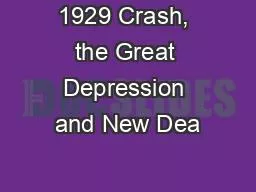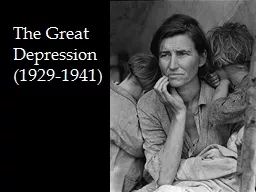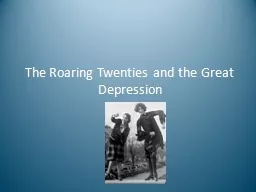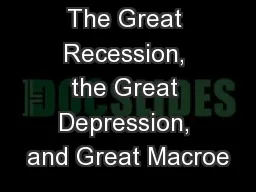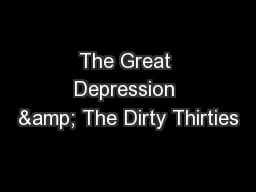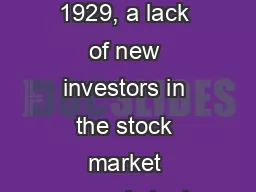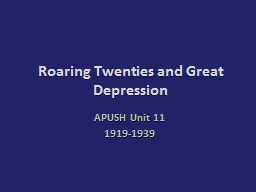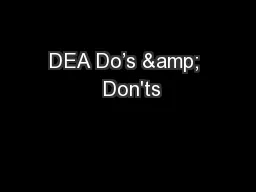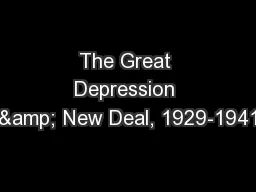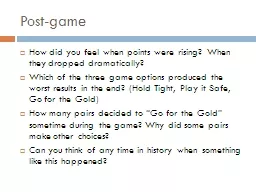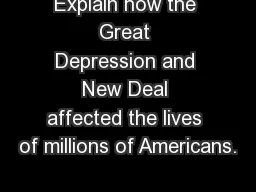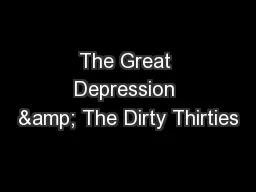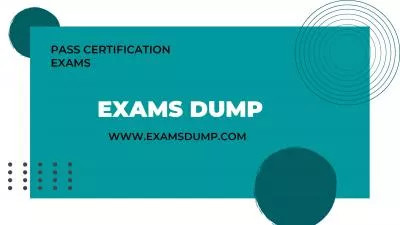PPT-1929 Crash, the Great Depression and New Dea
Author : jubilantbikers | Published Date : 2020-07-01
l Build up to the Crash there were warning signs Spring 1929 Markets stocks were jittery world wide March Dow Jones drops but stabilizes what is the Dow Jones Industrial
Presentation Embed Code
Download Presentation
Download Presentation The PPT/PDF document "1929 Crash, the Great Depression and New..." is the property of its rightful owner. Permission is granted to download and print the materials on this website for personal, non-commercial use only, and to display it on your personal computer provided you do not modify the materials and that you retain all copyright notices contained in the materials. By downloading content from our website, you accept the terms of this agreement.
1929 Crash, the Great Depression and New Dea: Transcript
Download Rules Of Document
"1929 Crash, the Great Depression and New Dea"The content belongs to its owner. You may download and print it for personal use, without modification, and keep all copyright notices. By downloading, you agree to these terms.
Related Documents

